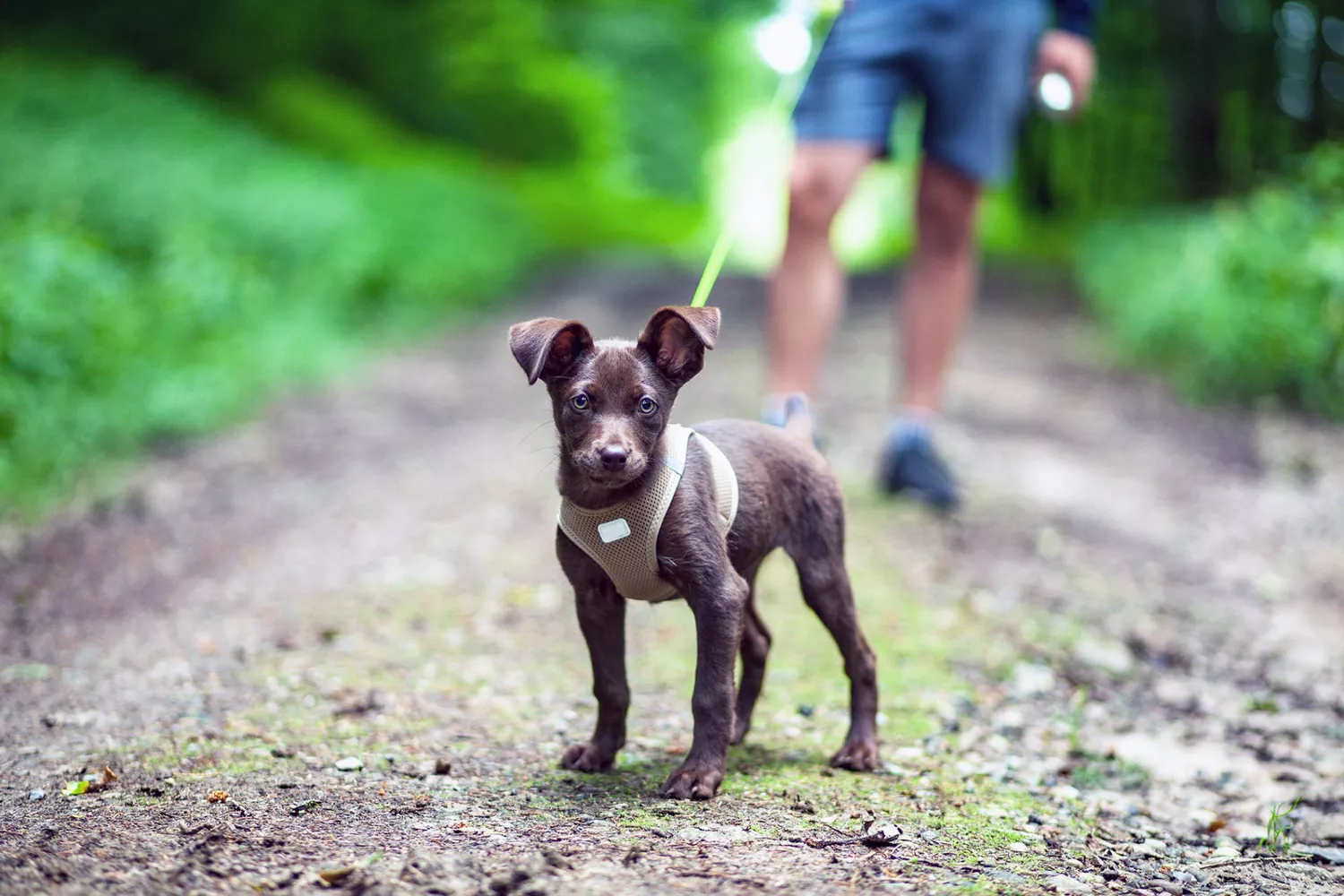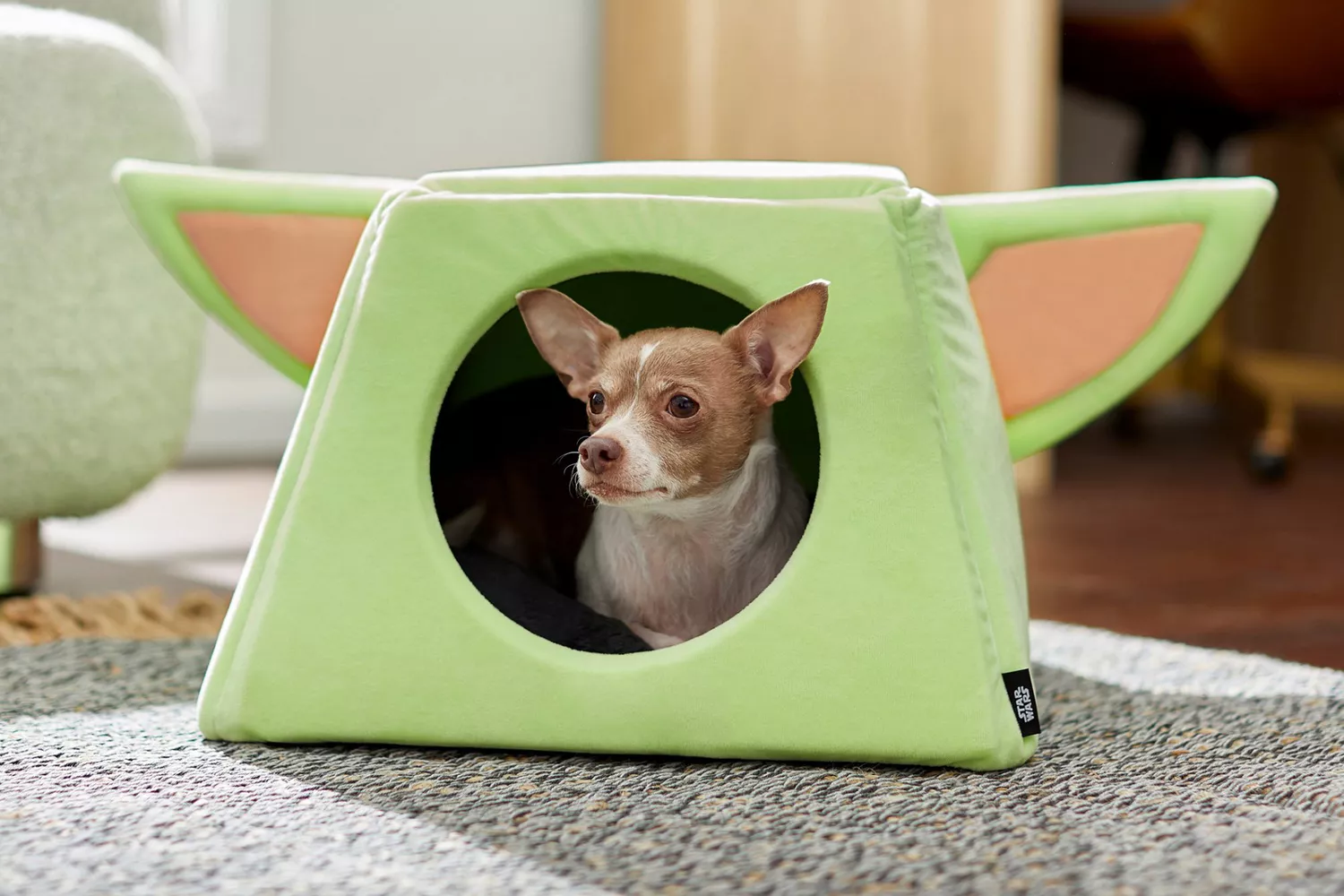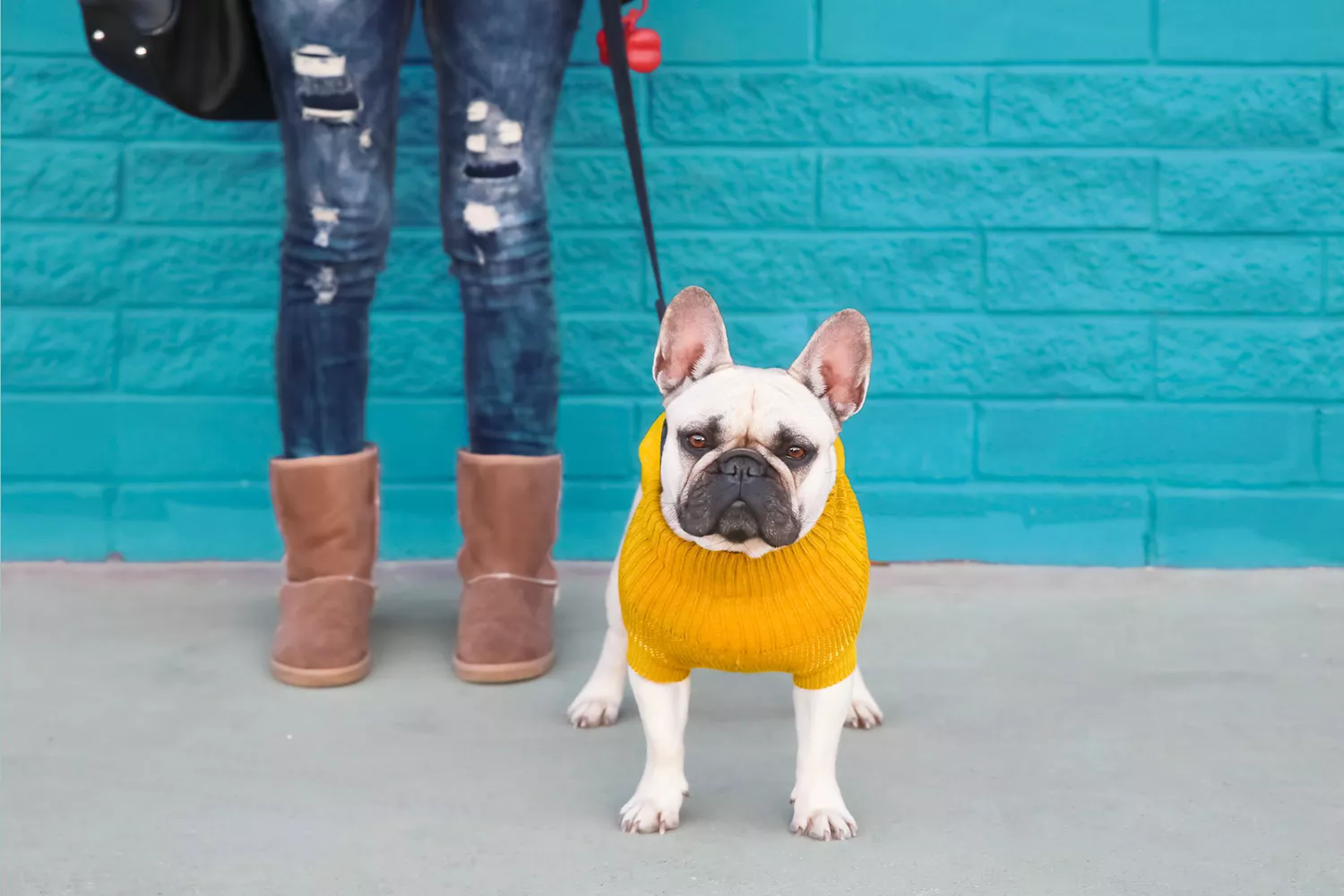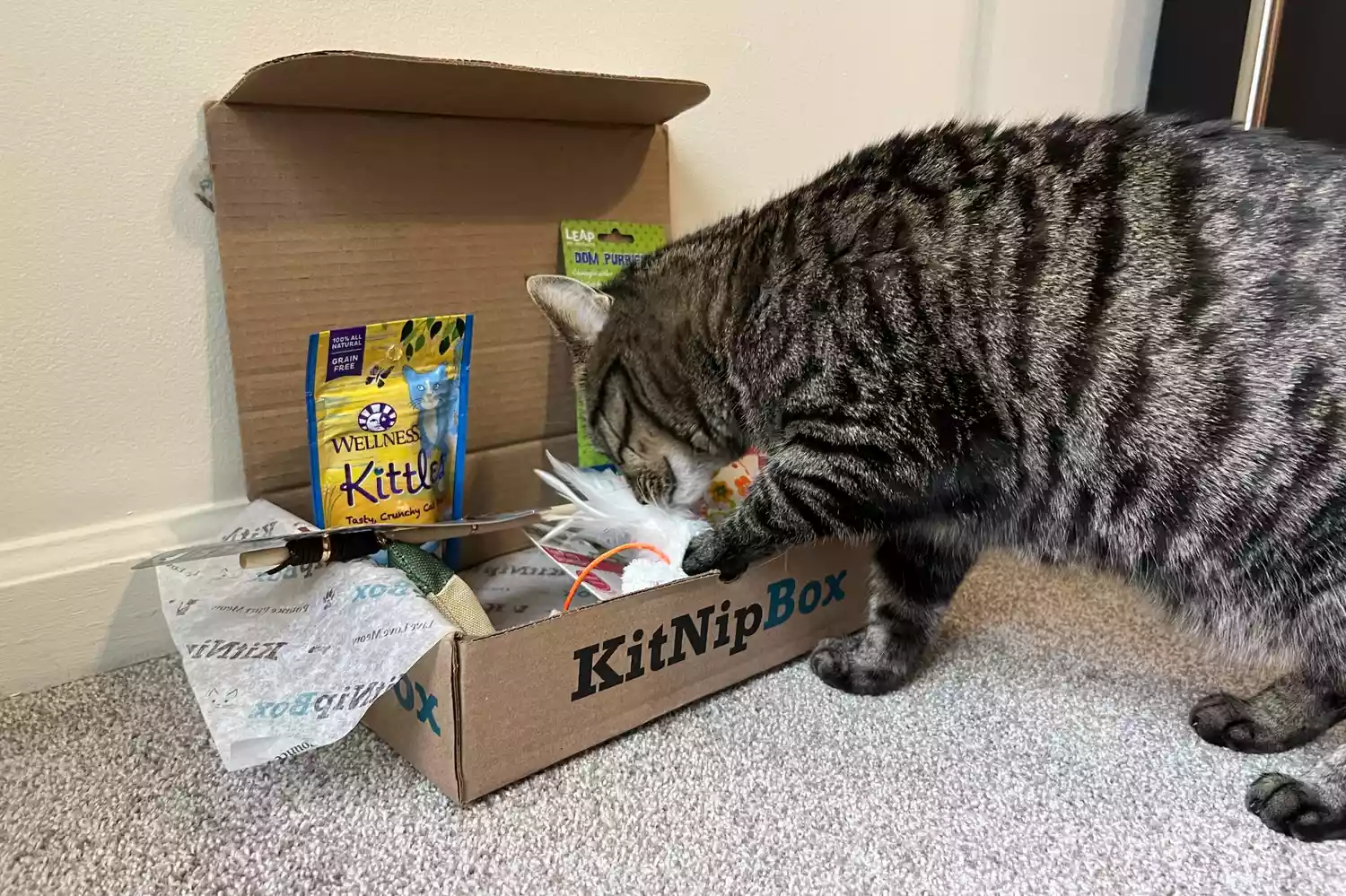
Canines require day-to-day walkies to guarantee they enjoy and healthy. Putting on a harness is one method to make those everyday treks more satisfying. Since your leash attaches to the harness in between your pet’s shoulders or at his chest, using a harness decreases the sort of leash-pulling that can choke a pet or injure his neck. Any dog can benefit from walking with a well-fitted harness, however especially pets that are likely to pull or have difficulty breathing during exercise (like brachycephalic types).
Do not be put off by all the snaps and straps! As soon as you understand how to choose and put on a pet harness, it ends up being an easy-peasy tool that will benefit both you and Fido.
How to Measure a Dog for a Harness
Things first: You have to understand how to find a great fit! A great harness needs to be quickly adjustable and should be acquired according to your canine’s measurements.
Many harnesses will come in sizes small through additional large. It will be easier for you to select a size if you understand your canine’s weight and body measurements. The majority of harnesses will feature healthy guides that help you measure your dog appropriately.
Step 1: Measure your pet dog’s girth, about 2 inches from their elbow.
Action 2: Measure your canine’s neck, a little lower than you would for a typical collar.
Action 3: Select the size of the harness based on your measurements and weight. Make sure there is a little room for adjustments.
How to Put On Common Types of Dog Harnesses
If you’ve already shopped for a dog harness you understand there’s a big variety to choose from. The method you put the harness on your dog will vary by type.
Harnesses will consist of either a couple of D-rings (where you connect the leash) and buckled straps that assist you adjust the harness to fit your canine. Take notice of the area of the D-ring, as it will indicate the type of harness.
Step-In Harness
A step-in type harness will consist of just one D-ring, situated on the back. Your pet dog will require to step into the harness (both front paws) so that you can link the 2 sides (with the buckle) on your pet dog’s back. This type often has a padded chest location making them a great choice for small breeds, for young puppies, or for times when you’re walking fast, brief ranges– like from the cars and truck to the veterinary office.
Front-Clip Harness
Frequently offered as a “no pull harness” these harnesses might be best prevented since they limit shoulder motion and a pet dog’s natural gait, making them uncomfortable and unsuitable for everyday strolls. Place that part of the harness on your pet dog’s chest initially, and then link the straps under your canine’s stubborn belly area.
Back-Clip Harness
You might discover this an excellent choice for a pup that is learning to walk on a leash as well as pet dogs that have neck level of sensitivities or are more prone to pull when they’re excessively delighted. Back-clip harnesses will have a D-ring on the back– between your pet dog’s shoulders. To put on this type, start by putting the smaller sized loop over your canine’s head, so it sits like a collar.
Dual-Ring Harness
The Balance harness is one example of this type and it’s my ideal harness since it’s ideal for pretty much any canine and for daily usage. It’s likewise extremely adjustable, which works well for pets with heavy coats or types that are long and thin. Put the collar loop on very first, then reach around your pet dog to buckle the body loop straps.
How Should a Dog Harness Fit?
With any kind of harness, you’ll require to change the straps to get the optimum fit. An appropriate harness fit must be snug however never pinch. You must have the ability to fit 2 fingers between your canine and the harness at any point.
A harness that is too loose or too tight can trigger injury and discomfort to your pet. If you are having trouble fitting your harness do not hesitate to ask your vet or a positive reinforcement-based fitness instructor to help you.
How to Help Your Dog Enjoy a Harness
Pet dogs aren’t born understanding how to use a collar or a body harness. Don’t force your dog to use a harness before you produce a strong, positive association with it.
The minute you get out the harness, provide your canine lots of yummy treats they adore. Let them smell and examine, providing treats.
Lift up the harness and put your arm through the collar loop. Offer your dog great deals of treats as you buckle and unbuckle the harness, getting them utilized to the noise.
While standing or kneeling beside your pet dog, position the collar loop on your pet while you constantly provide treats. Remove it, then back on, dealing with each time.
If your canine still is delighting in the activity, you can put the collar loop on him and then buckle the straps, giving more deals with. If he still seems having fun, go on and let him walk around your house with the harness on for a couple of minutes.
When he delights in wearing the harness, you can clip your leash to it and walk your house, your lawn, and after that down the block. Always supply great deals of treats as your pet gets accustomed to walking with the harness.
In some cases individuals consider a harness due to the fact that they are having difficulty getting their pet to walk nicely on a leash. If that’s your situation, aid from a favorable support trainer can truly assist you and your dog get that walking thing down pat. Don’t think twice to ask for a personal lesson so you and your pet can find out to enjoy strolls together.










